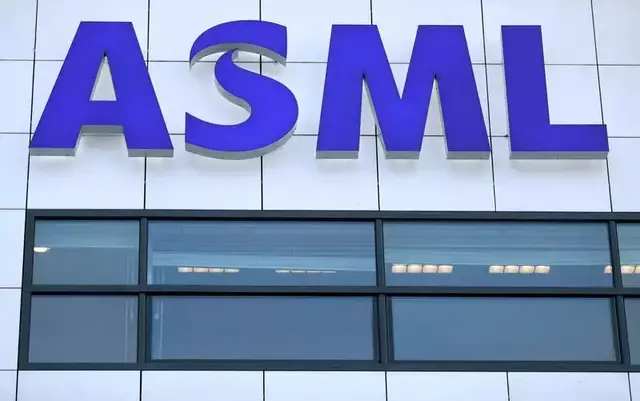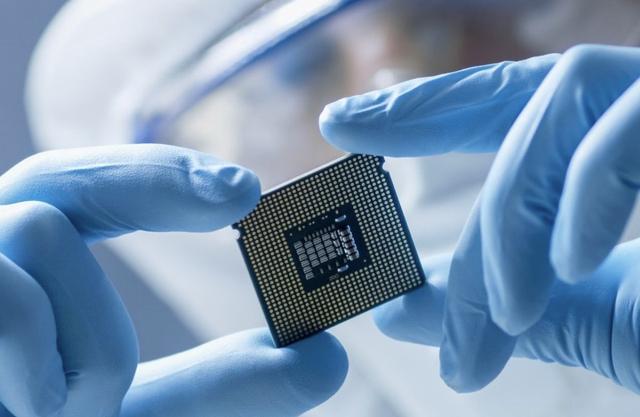
文章图片

文章图片

文章图片

文章图片

国内地到现在为止还没有诞生世界级半导体巨头的条件 。 目前全球的半导体产业链高度依赖于国际合作 , 没有任何国家可以单凭本国就能实现全领域的技术领先和产能垄断 。 从1947年贝尔实验室研制出晶体管开始 , 半导体行业就是西方的专长 。 长期以来 , 半导体领域的相关核心技术始终在美国、欧洲、日本、韩国、新加坡等西方阵营的成员之间内部消化 。 而中国内地显而易见 , 不是西方俱乐部成员 。 美国掌握顶层的芯片设计(华为也能设计芯片) , 欧洲负责设备的生产 , 日本提供化工原料 , 韩国、台湾地区和新加坡则进行最终的制造 。
这个体系在1990年代就基本完善了 , 而此时这个体系内并没有中国的位置 。 而中国在前些年才开始发展半导体产业 。 有国外网友就在美国最大的论坛网站上发起这样一个话题:为什么尽管有国家的支持 , 中国发展自己的半导体产业仍然困难? 让我们来看看各国网友的观点吧 。
论坛的话题
美国网友的观点
“Difficult” may not be the most descriptive. “Motivated” may be more apt.
“困难”可能不是最恰当的形容 。 “有动力”可能更贴切 。
China did try but not hard enough because it’s been a tough industry to crack - characterized by a cyclical pattern with high volatility need for high degree of flexibility and innovation to keep pace with the rapid pace of changes and a very short life cycle of semiconductor devices.
中国确实做了努力 , 但不够努力 , 因为这是一个很难攻克的行业——特点是具有高波动性的周期性模式 , 需要高度的灵活性和创新来跟上快速变化的步伐 , 而且半导体器件的生命周期非常短 。
When all of these are added up and with the high capitalization required (TSMC’s latest fab cost $13 billion to complete) this risk just wasn’t worth it for Chinese companies. They found it simply cheaper to just buy than produce.
当所有这些都加起来 , 加上所需的高资本化(台积电最新的晶圆厂耗资130亿美元完成) , 这个风险对中国公司来说不值得 。 他们发现直接购买比农产品更便宜 。
This was until trump started sanctioning Chinese tech companies from being able to acquire the leading edge chips - making it existential for China to become independent and have its own semiconductor industry.
直到特朗普开始制裁中国科技公司 , 使其无法获得领先的芯片——这使得中国独立并拥有自己的半导体行业变得至关重要 。
China’s SMIC has been able to produce 7 nm chips without the EUV machine but they would need to catch up with the Dutch on being able to make EUV machine to be able to produce the sub 7nm chips. This is the last hurdle to become fully independent in this industry.
中国的中芯国际(SMIC)已经能够在没有EUV机的情况下生产7纳米芯片 , 但他们需要在能够制造EUV机方面赶上荷兰 , 才能生产sub 7纳米芯片 。 这是在这个行业完全独立的最后一个障碍 。
The remaining leading-edge chips are only 4% of the market and once China becomes independent the table would be flipped because China is the world’s largest market for semiconductor chips and with Western companies including Taiwan’s TSMC being frozen out they will soon become producers with no market access to sell most of the chips they must produce.
- |3D 打印食品:餐桌上的 10 亿美金新蓝海
- 美国卫星传回照片,疑似发现“巨型”熊猫!国内网友:少见多怪
- 许多|“芯片战”!美方搬空台积电,我国购买欧洲光刻机,谁能突围成功
- 半导体|这些科技大亨今年财富共缩水4330亿美元,马斯克损失最惨重
- 歼-20|美媒:F35、歼20过时了,中国正开发第七代战机,将用3D打印制造
- 格来德养生壶 花样百出创造美好生活
- 清华博士校花蔡茂:号称“小石原里美”,不进娱乐圈立志从事科研
- 小米|雷军揭晓小米2023年第二件大事:小米徕卡影像团队获得百万美金大奖
- 豆瓣9.5分!动画《中国奇谭》大受好评:有寓意有审美
- 《孤独摇滚》yyds!日本5ch论坛2022年人气动画评选
